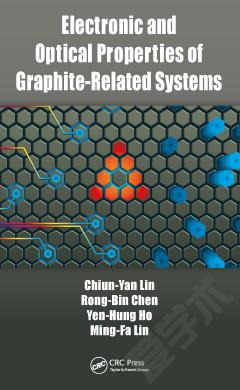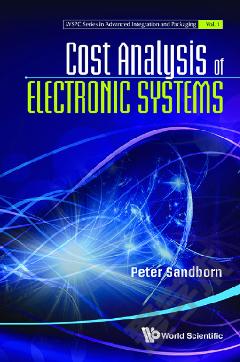Systems Engineering and Analysis of Electro-Optical and Infrared Systems
Electro-optical and infrared systems are fundamental in the military, medical, commercial, industrial, and private sectors. Systems Engineering and Analysis of Electro-Optical and Infrared Systems integrates solid fundamental systems engineering principles, methods, and techniques with the technical focus of contemporary electro-optical and infrared optics, imaging, and detection methodologies and systems. The book provides a running case study throughout that illustrates concepts and applies topics learned. It explores the benefits of a solid systems engineering-oriented approach focused on electro-optical and infrared systems. This book covers fundamental systems engineering principles as applied to optical systems, demonstrating how modern-day systems engineering methods, tools, and techniques can help you to optimally develop, support, and dispose of complex, optical systems. It introduces contemporary systems development paradigms such as model-based systems engineering, agile development, enterprise architecture methods, systems of systems, family of systems, rapid prototyping, and more. It focuses on the connection between the high-level systems engineering methodologies and detailed optical analytical methods to analyze, and understand optical systems performance capabilities. Organized into three distinct sections, the book covers modern, fundamental, and general systems engineering principles, methods, and techniques needed throughout an optical systemdevelopment lifecycle (SDLC); optical systems building blocks that provide necessary optical systems analysis methods, techniques, and technical fundamentals; and an integrated case study that unites these two areas. It provides enough theory, analytical content, and technical depth that you will be able to analyze optical systems from both a systems and technical perspective.
{{comment.content}}








 京公网安备 11010802027623号
京公网安备 11010802027623号